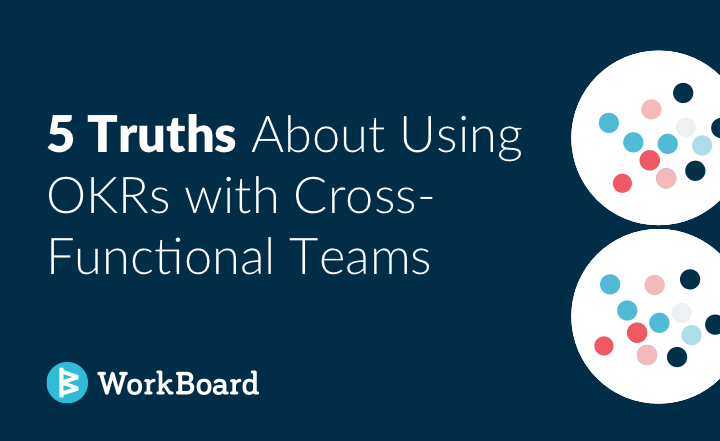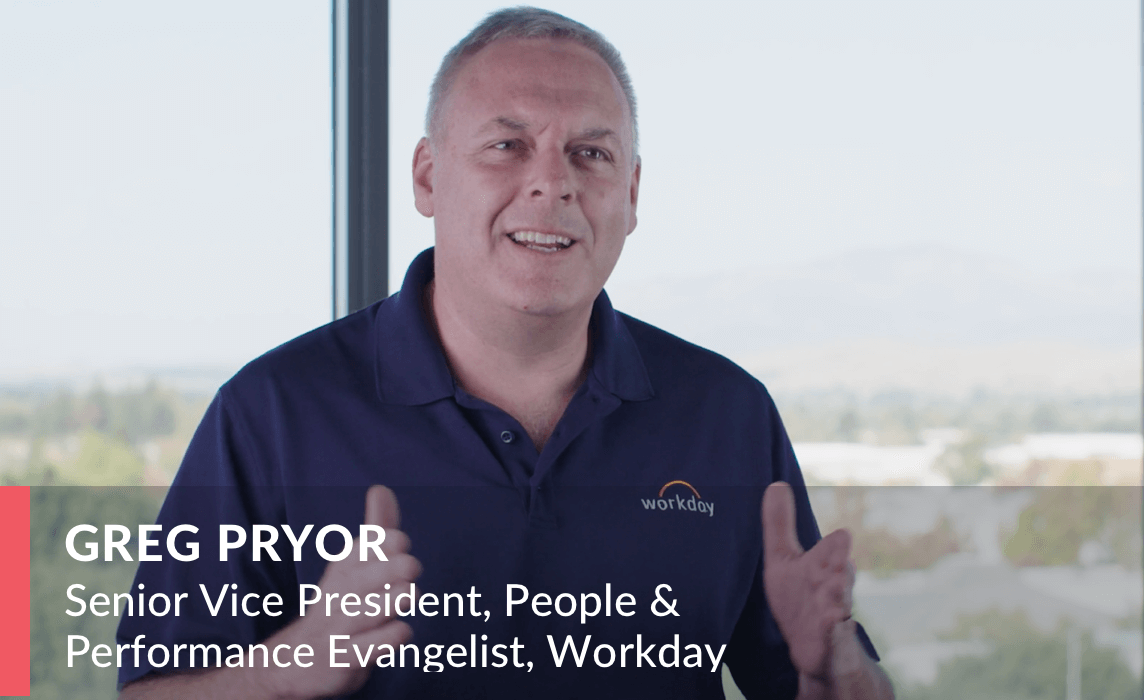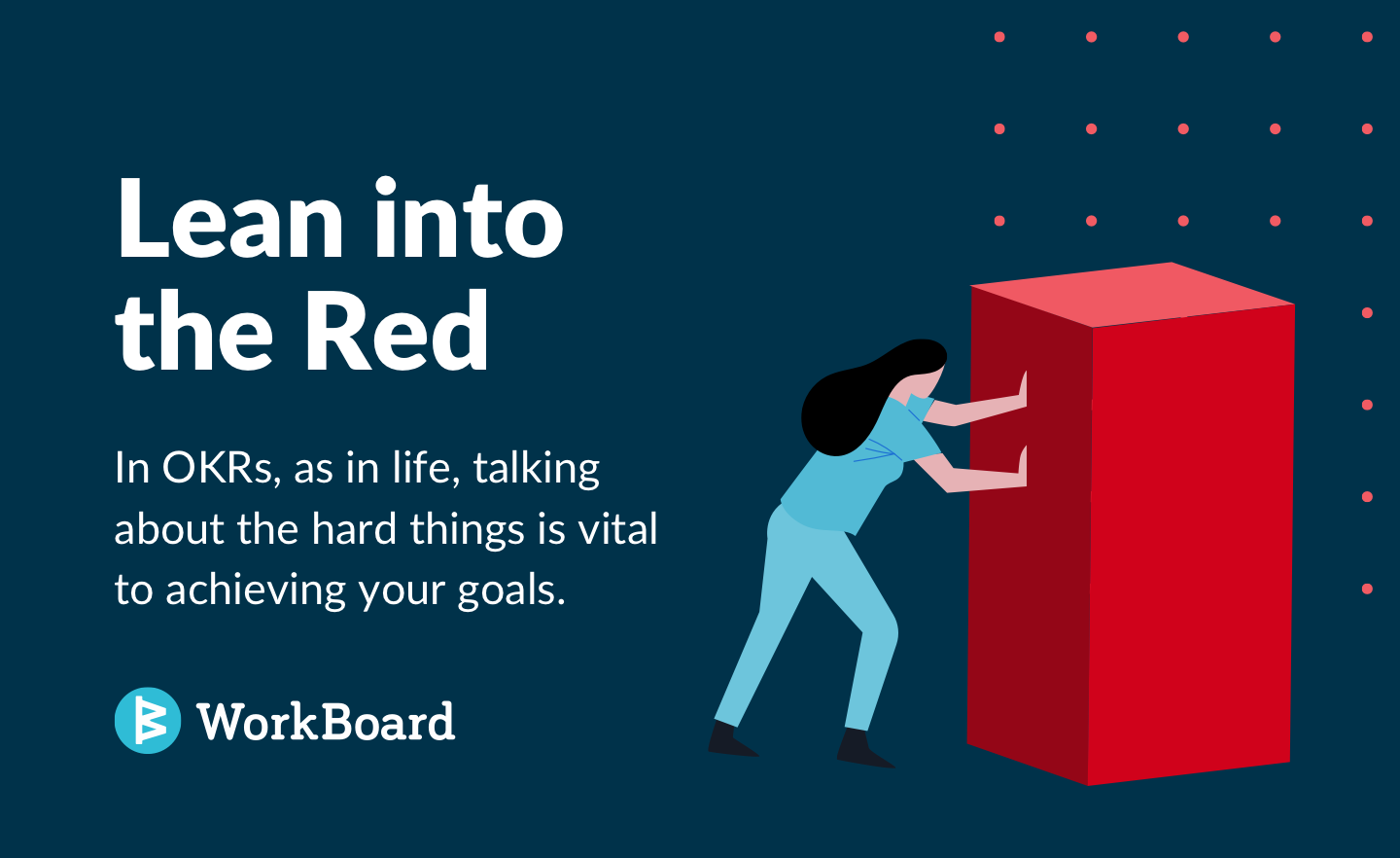
In Nigel Stacey’s recent blog for Accenture, Together Makes Better: How to Drive Cross-Function Collaboration, he emphasizes that focusing on cross-functional collaboration can help companies further digitize in times of shaky supply chains and sluggish demand:
“Even in “normal” times, a lack of collaboration on complex challenges like digital transformation can cost organizations ROI and future revenue growth. In the time of COVID-19 and economic downturn, the age-old silos problem could be disastrous.”
Forming teams across functional lines help companies stay relevant, innovate, and drive more profitable growth through collaboration than those that remain siloed. OKRs are a perfect methodology for keeping cross-functional teams aligned, focused, and moving toward results, especially in the current remote work model.
To realize their full benefit, a scalable approach to OKRs is necessary, including expertise to master the methodology, technology to show alignment, risks, and progress, and the coaching necessary to guide and develop quarterly organizational improvement.
OKRs and cross-functional teams
OKRs provide a common framework and quarterly process for teams to articulate and align what they want to achieve, focus efforts on measurable outcomes, and iteratively learn with data over time. For cross-functional teams, these capabilities hold each contributor accountable for delivering the outcomes that drive a company's strategic priorities from anywhere, anytime.
In fact, OKRs:
- Help cross-functional teams outperform functional teams. OKRs using WorkBoard fuel successful collaboration across teams. At Workday, cross-functional teams outperform their silod counterparts: “OKRs have helped us concentrate forces and align around those things that matter most, helping each of us maintain a level of accountability in what we commit to, and how we now practice that in the rhythm of our business. I absolutely believe OKRs have enabled our teams to operate better and enabled us to operate as a stronger organization.” - Greg Pryor, Senior VP, People & Performance Evangelist
- Align stakeholders and keep them in sync on facts and accountability. OKRs on WorkBoard align both laterally and vertically across the organization. For Malwarebytes, “OKRs bring us the breadth, focus, and transparency that ensures alignment in an area otherwise difficult to align. We found OKRs to be super valuable as a cross-functional team.” - Greg Higham, CIO
- Reveal dependencies between cross-functional teams. When working in siloes, it’s common for teams to perform redundant or cross-purpose work. For Zuora, the transparency of OKRs brought awareness to those dependencies: “Rather than a hierarchical structure, we wanted the company to be thought of as a set of teams where everyone is part of one or two or more teams. And we want the teams to be semi-autonomous and executing the goals that they have, but also recognizing there’s a lot of dependencies between teams. Especially as we grow as an organization.” - Tien Tzuo, CEO
- Boost autonomy and empower execution for members of cross-functional teams. OKRs enable cross-functional teams to clarify what they want to achieve and how success is measured. Working groups, pods, and squads can be more self-directed, aligned, and accountable. For Cisco, “The framework of OKRs is creating an environment for our teams to have conversations that they wouldn't have been having otherwise.” - Anna Birch, Chief of Staff, Cisco
- Create a shared consciousness for cross-functional teams. Employees need the ability to make progress and good decisions independently. Clarity on intended outcomes and transparency on commitments, actions, and decisions helps inter-dependent colleagues be effective asynchronously. At IBM, “It’s key that everybody knows what other leaders’ and teams’ priorities are. The visibility and transparency of OKRs are crucial, so you don't have to rely on meetings and one-on-one conversations to understand what matters.” - Sarah Davis, Director of Portfolio Programs - Data and AI
These companies paired OKRs with proper technology infrastructure, expertise, and coaching to realize their full potential and best possible outcomes.
Drive results with agility
As Nigel writes, “even in ‘normal’ times, the lack of cross-functional collaboration costs organizations ROI and revenue growth. In the time of economic downturn, cross-function competition—especially on matters concerning digital transformation—could be disastrous.”
Many companies create cross-functional teams that set OKRs for a line of business, product, or product family. These teams might include PMs, the revenue lead, the CX lead, and Dev team leads. For those teams to stay focused and succeed, they need a scalable and simple management framework; they need a powerful alignment that helps stakeholders stay in sync on the facts and accountable to each other — they need OKRs. When powered by a platform and the consulting and coaching necessary to see results with it in the first quarter, OKRs are a force multiplier for any company.









